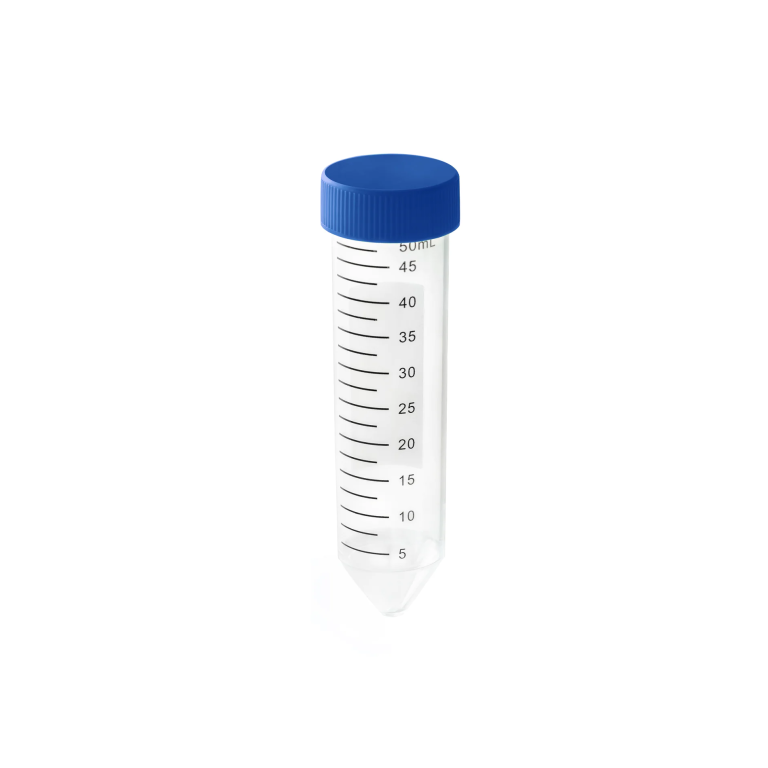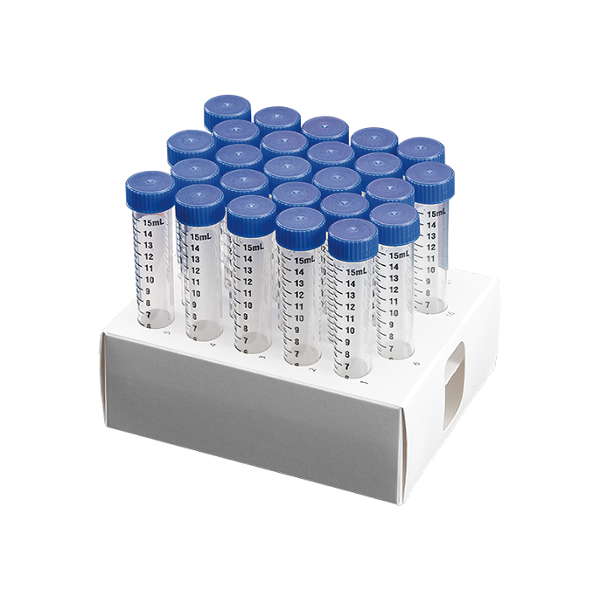Cryovials are typically made from the following plastic materials that can withstand ultra-low freezing temperatures:
– Polypropylene (PP) – One of the most common materials used. Polypropylene can withstand temperatures as low as -196°C without becoming brittle. It is autoclavable and chemically resistant.
– Polyethylene (PE) – Either low-density or high-density polyethylene is used. PE remains flexible at liquid nitrogen temperatures (-196°C). High-density PE is preferred for cryovials.
– COP (Cyclic olefin polymer) – This is an advanced plastic that maintains clarity, strength, and stability at cryogenic temperatures. COP also withstands radiation and is chemically inert.
– Polycarbonate – Used for vials needing toughness. Polycarbonate has high impact strength but limited low-temperature resilience.
– Teflon (PTFE) – Provides excellent chemical resistance but is less flexible when frozen. Mainly used as a liner inside the cap.
– ABS (Acrylonitrile butadiene styrene) – Used in cryovial racks and storage boxes. Strong and durable at low temps.
The plastic material is molded into the standard cryovial shape with leak-proof screw caps. The vials have writing surfaces for sample labeling. Color coding helps with sample identification.
The plastic also undergoes specialized sterilization and washing treatments to make it biocompatible for medical and research sample storage. This ensures sample purity and integrity.


